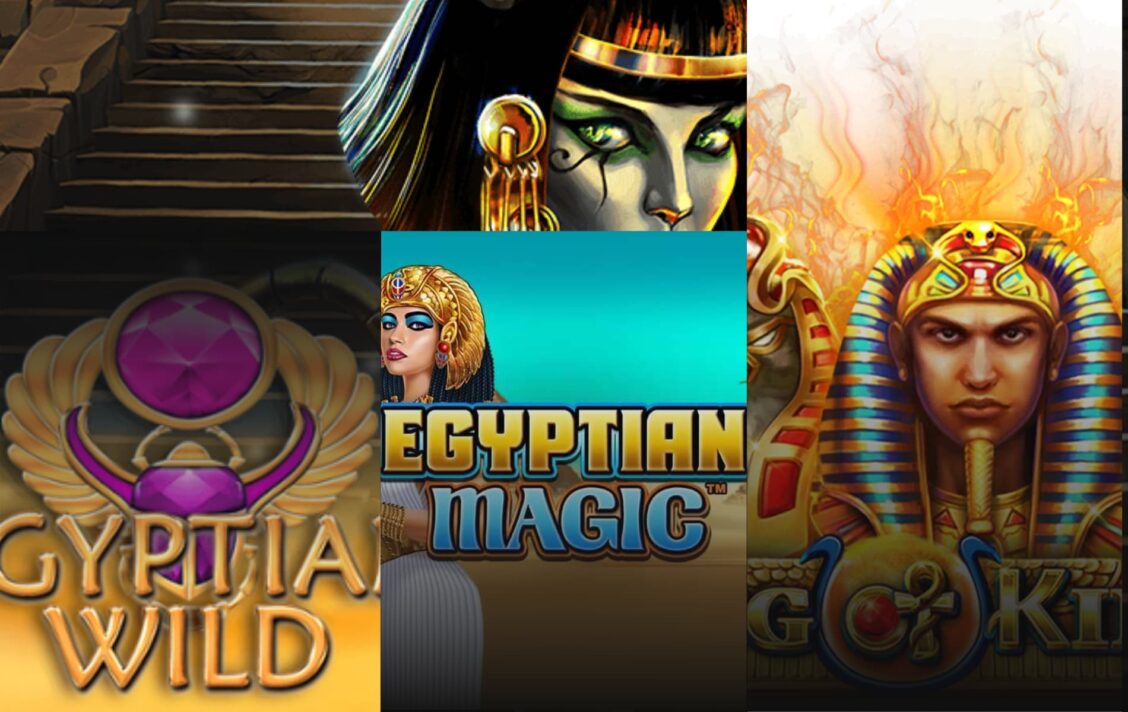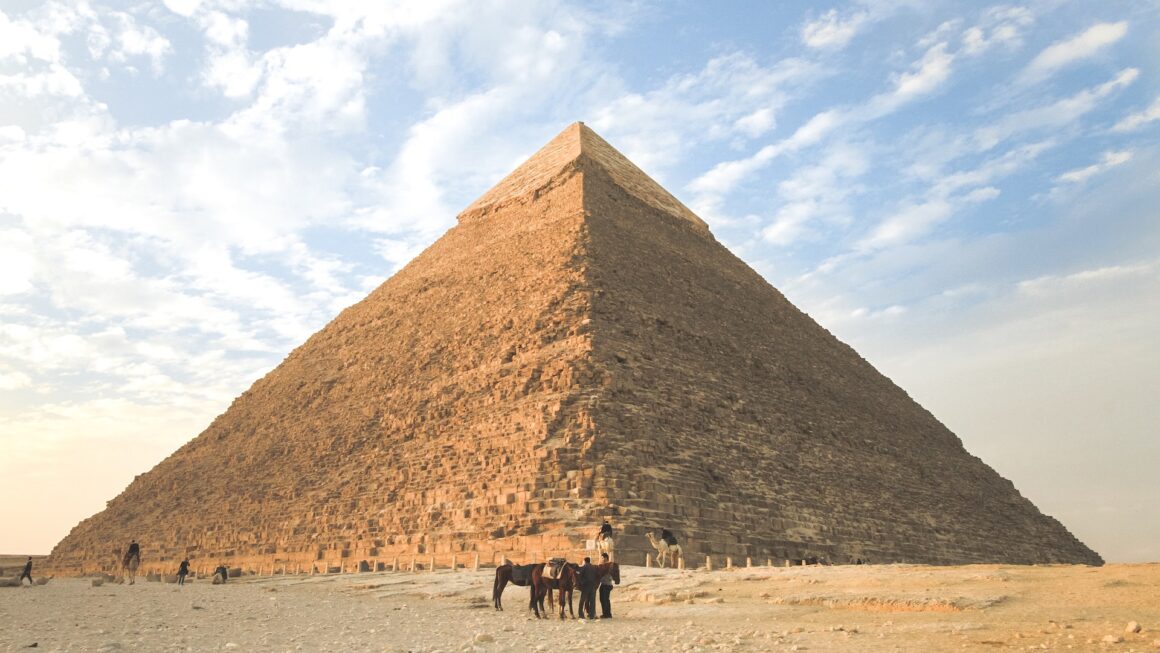New video game releases are always popular with casino players. But in the past year, there have been a number of Egyptian themed games released to appeal to fans of antique history. These All Spins casino games include: Egyptian Magic (Bragg Gaming), King of Kings (Relax Gaming), and Egyptian Wild HD (World Match).

Egypt’s Cultural Heritage
The Egyptian people were constantly creating new art and preserving old forms. From tomb paintings to papyrus writings, from statues to jewelry, there was a strong sense of tradition that never ceased in Ancient Egypt. In fact, one of the most important things Egyptians would do when they died is commission a stone sculpture known as a sarcophagus with the hope that their mummified body would be placed inside it for eternal protection and peace. Today Egypt’s cultural heritage is everywhere. Below this article explores how this legacy lives on today through contemporary artists who explore Ancient Egyptian iconography.
In Gambling
Egypt’s cultural heritage has had a strong influence on the world of games. The idea that ancient Egyptians were cruel, aggressive people is nothing new to gamers who are familiar with the Assassin’s Creed series. Games such as Prince of Persia and Tomb Raider have also followed this portrayal in their art style and storylines. But this has not been without controversy — many Egyptians believe these portrayals lack historical accuracy and misrepresent their culture, but nonetheless it remains popular among developers.
Egypt’s cultural heritage is one of the most significant in the world. The civilization has had a profound influence on Western society, and Egypt-related games have made their way into many people’s lives as well.
In Artworks
Egypt is one of the oldest countries in the world. It’s also a country with a lot of history and art that dates back to thousands of years ago. Even though Egypt has had some political turmoil, it still holds onto its culture, which includes many pieces from ancient times.
The Ancient Egyptians were well known for their beautiful arts and craftsmanship. Their artwork, made of stone, pottery or paintings on the walls of tombs and temples had both a practical function as an aesthetic adornment but also served as a visual depiction of the lives they led in their society. From before 4000 BCE when it was used to create tools to after 1800 CE where the hieroglyphs helped historians understand how Ancient Egyptian language developed through time, art is one way that we can see it. The Ancient Egyptians were among the first people to create art.
In Politics
Throughout history, the art and architecture of Ancient Egypt has been a source of fascination for Western cultures. We cannot ignore the power of this unique culture in shaping our own views about art and design. In many ways, Ancient Egyptian society was matriarchal. Women had more rights than other civilizations at that time: they could inherit land from their fathers; they were allowed to enter into legal contracts; and mothers were legally entitled to custody over their children until the age of seven years.
In Fashion
In the early 20th century, Egyptomania became an obsession in Europe and America. The fascination with Ancient Egyptian culture spread like wildfire through the Western world as visitors to museums saw hieroglyphs, statues, paintings and architectural fragments from tombs or temples for the first time. But this isn’t just about European tourists or academics of antiquity — ordinary people were fascinated too: even fashion designers such as Coco Chanel were inspired by Egyptian themes.
Summary
The Ancient Egyptians left a rich and lasting legacy in the form of art, architecture, writing and knowledge. The vast majority of their visual and material record is preserved through representations that still exist today in museums around the world. This means that we can get an idea of how they lived by examining what they made.
Ancient Egypt is an ancient civilization with a rich history and culture. The Egyptians were skilled craftsmen, producing beautiful works of art in their spare time, much like the Greeks. There are many fascinating pieces to examine that reveal aspects of the Ancient Egyptians’ worldviews, how they shaped their attitudes towards the arts they created and how these values may still be relevant today.



